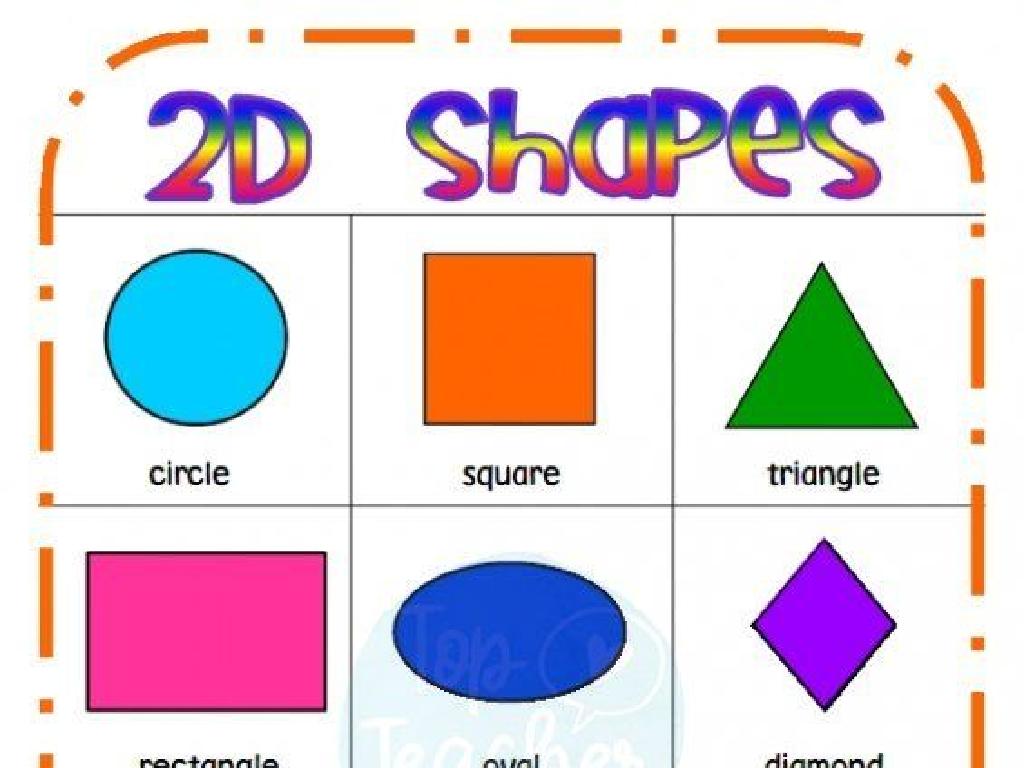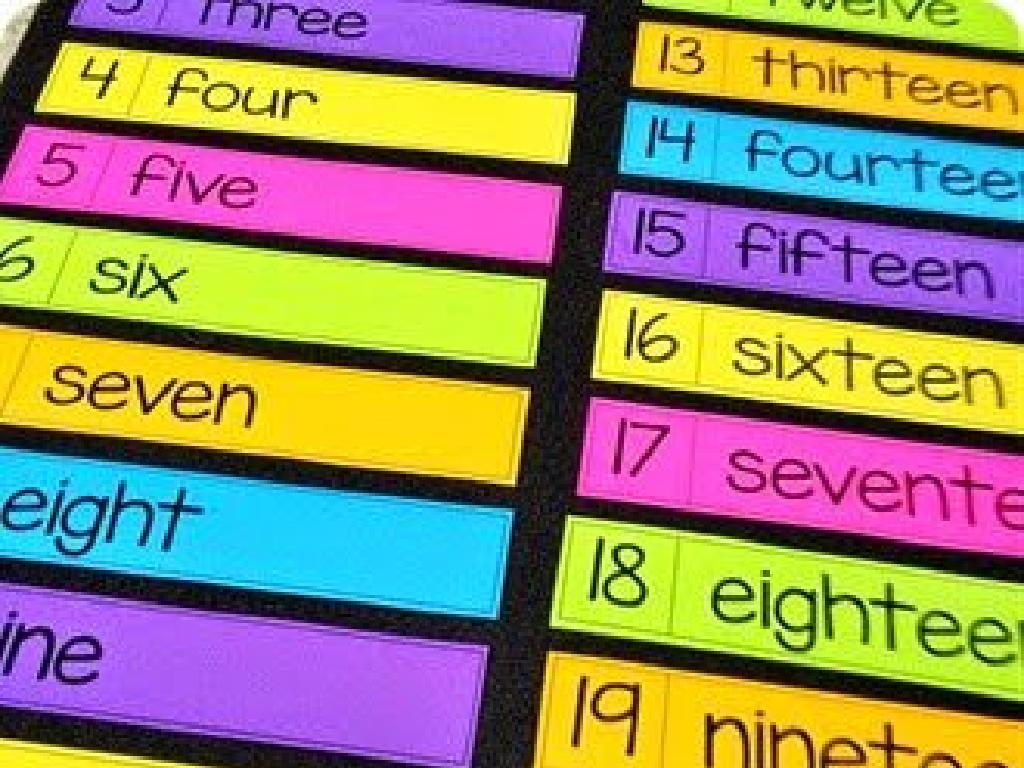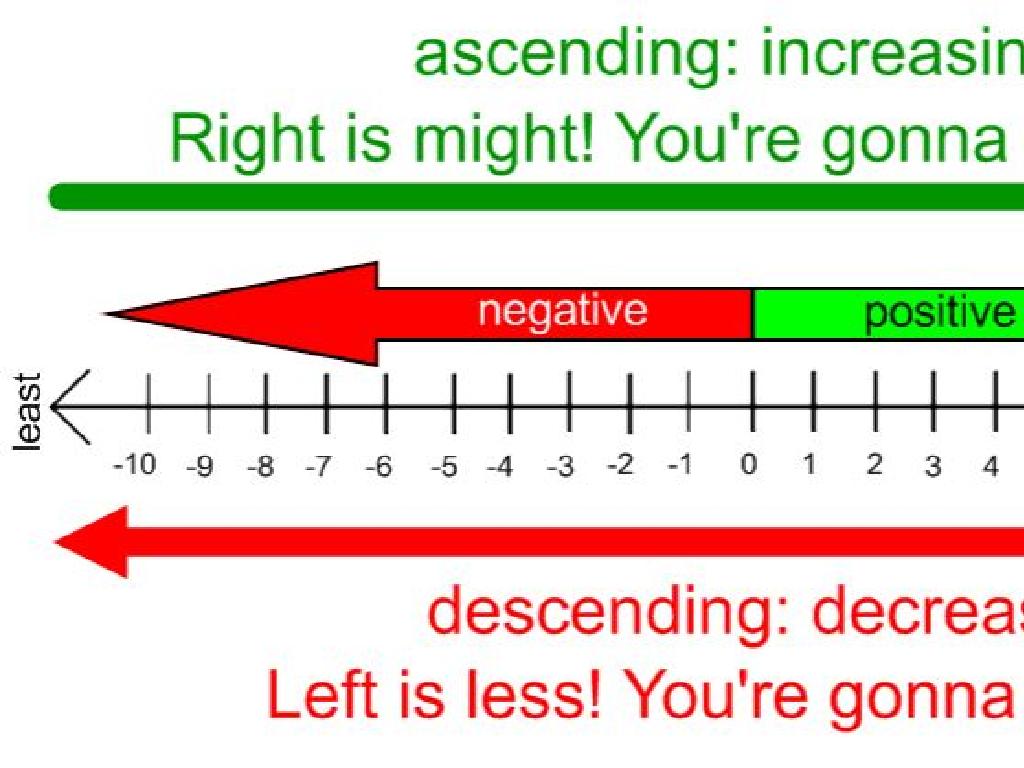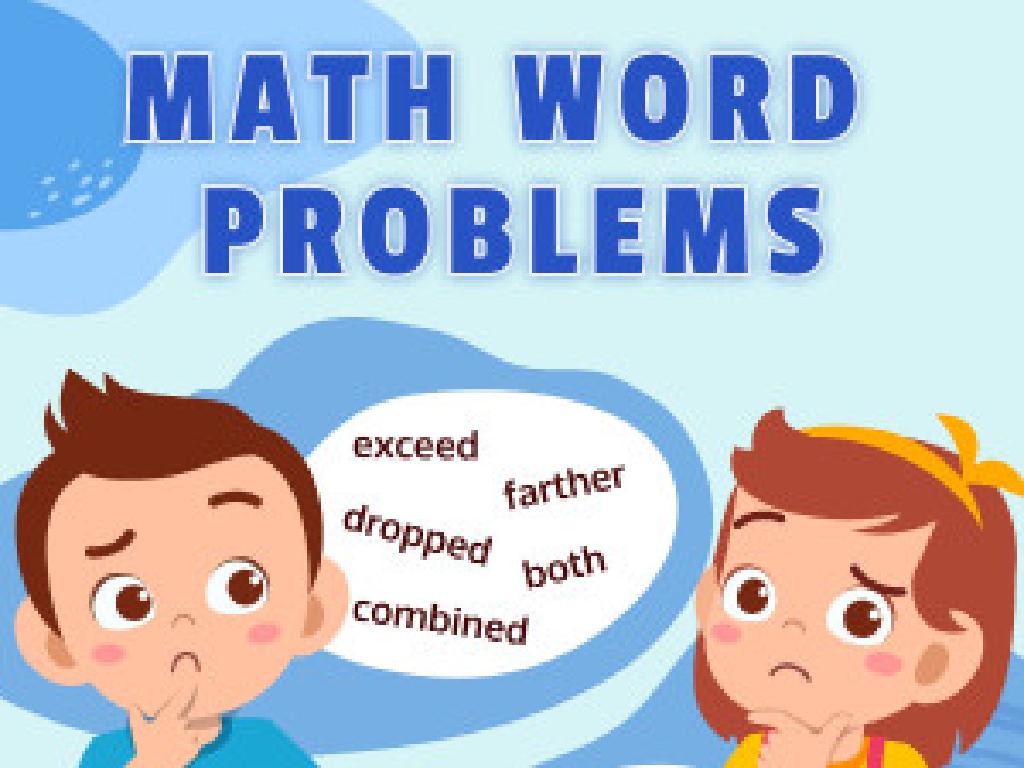Make The Largest Possible Quotient
Subject: Math
Grade: Fifth grade
Topic: Numerical Expressions
Please LOG IN to download the presentation. Access is available to registered users only.
View More Content
Making the Largest Possible Quotient
– Explore numerical expressions
– Quotient: result of division
– When we divide, the answer we get is called the quotient
– Making the largest quotient
– Use larger numbers as the dividend
– Strategies for large quotients
– Divide by the smallest number possible
|
Today’s lesson is about understanding numerical expressions with a focus on quotients. A quotient is the result of division. To make the largest possible quotient, students should consider using a larger number as the dividend (the number being divided) and a smaller number as the divisor (the number you are dividing by). For example, dividing 100 by 2 gives a larger quotient than dividing 100 by 5. Encourage students to think of real-life scenarios where they might want to maximize the outcome of division, such as sharing resources equally among a small number of people. Provide practice problems where students can apply these strategies to find the largest quotients.
Understanding Quotients
– Quotient: division result
– Example: 15 ÷ 3 = 5
– Here, 5 is the quotient
– Divisor fits into dividend
– How many times does 3 fit into 15?
– Quotients in everyday math
– Use quotients to divide items or share equally
|
This slide introduces the concept of quotients to fifth-grade students, explaining that a quotient is the result of a division problem. For example, when dividing 15 by 3, the quotient is 5, which means that the number 3 can fit into the number 15 a total of five times. It’s important to help students understand that the quotient represents how many times the divisor is contained within the dividend. Relate this to real-life scenarios such as sharing items equally among a group to make the concept more tangible. Encourage students to think of quotients as answers to questions like ‘How many times can this number go into that number?’ This foundational understanding will be crucial as they tackle more complex division problems.
Maximizing the Quotient
– Larger dividends increase quotients
– A dividend is the number you divide. For example, in 20 ÷ 4 = 5, 20 is the dividend.
– Smaller divisors increase quotients
– A divisor is the number you divide by. In 20 ÷ 4 = 5, 4 is the divisor.
– Explore changes in dividends and divisors
– What happens if we change 20 to 40 in 20 ÷ 4, or 4 to 2 in 20 ÷ 4?
– Practice with examples
– Let’s try different combinations to see how they affect the quotient!
|
This slide introduces the concept of how dividends and divisors affect the size of the quotient. Emphasize that a larger number being divided (the dividend) or a smaller number to divide by (the divisor) will result in a larger quotient. Use interactive examples to demonstrate this concept, such as adjusting numbers in a division equation and observing how the quotient changes. Encourage students to think critically about the relationship between the dividend, divisor, and quotient. Provide practice problems for students to apply this knowledge and solidify their understanding of how to make the largest possible quotient.
Creating Large Quotients
– Choose a big dividend
– Pick a small, non-factor divisor
– Divisor shouldn’t evenly divide the dividend
– Compare quotients: 100 ÷ 2 vs 100 ÷ 5
– 100 ÷ 2 = 50 and 100 ÷ 5 = 20, so 100 ÷ 2 is larger
– Practice with different numbers
– Try using numbers like 500 ÷ 3 or 1000 ÷ 7
|
When teaching students how to create large quotients, start by explaining that the dividend is the number being divided, and the divisor is the number you are dividing by. Emphasize that a larger dividend and a smaller divisor that is not a factor of the dividend will result in a larger quotient. Use the example provided to illustrate this point, showing that 100 divided by a smaller number (2) results in a larger quotient than when divided by a larger number (5). Encourage students to practice with different numbers to solidify their understanding, and remind them to check that their divisor is not a factor of the dividend to maximize the quotient.
Practice Time: Crafting Large Quotients
– Understand the goal: large quotients
– I provide the dividend
– I might say the dividend is 100
– You pick the smallest divisor
– Think small, like 1 or 2, to maximize the quotient
– Divisor must divide evenly
– No remainders allowed, so choose wisely!
|
This slide is designed for an interactive class activity where students practice creating the largest possible quotients. The goal is to reinforce the concept that a smaller divisor will result in a larger quotient, provided that the divisor is a factor of the dividend. Start by explaining the objective clearly. Then, present a dividend to the class and ask the students to choose the smallest possible divisor that divides the dividend exactly, without leaving a remainder. This exercise will help students understand the inverse relationship between the divisor and the quotient in division. Provide several examples with different dividends and guide students to choose appropriate divisors. Encourage them to explain their reasoning for their choices.
Class Activity: Quotient Quest!
– Form groups for the activity
– Receive a set of numbers
– You’ll get different dividends and divisors
– Find the largest quotient
– Choose wisely to make the biggest number
– Present your findings
– Explain how you decided on your numbers
|
This activity is designed to help students understand the concept of quotients in a fun and interactive way. Divide the class into small groups and provide each group with a set of numbers for dividends and divisors. The task for each group is to find the largest possible quotient using these numbers. Encourage students to experiment with different combinations to see which yields the largest result. After the activity, each group will present their findings and explain their strategy for choosing their particular numbers. Possible activities for different students could include using larger numbers, adding constraints like time limits, or finding the smallest possible quotient for comparison.
Conclusion & Reflection: Maximizing Quotients
– Strategies for largest quotient
– Using larger divisors and smaller dividends
– Significance of quotients
– Quotients are key in division problems and help in understanding ratios and fractions
– Real-life quotient examples
– Look for examples in cooking, shopping, or dividing tasks
– Homework assignment
|
As we wrap up our lesson on creating the largest possible quotient, reflect on the strategies that were effective. Discuss why understanding how to manipulate dividends and divisors is crucial in various mathematical concepts, including fractions and ratios. For homework, students should find real-world examples where large quotients are used, such as in recipes or dividing items among people, to reinforce the concept. Encourage them to think critically about how quotients play a role in everyday life and to share their findings in the next class for a practical understanding of numerical expressions.






